In-toeing in Children
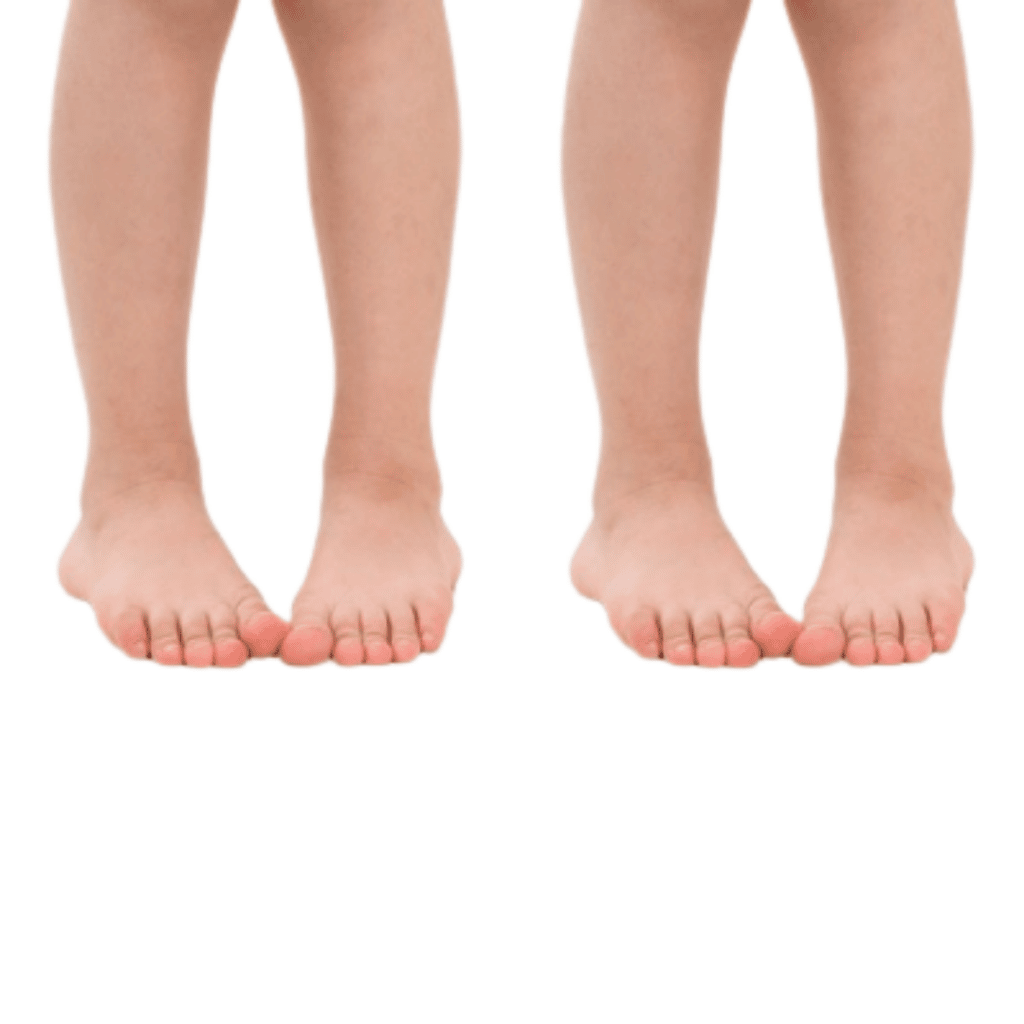
In-toeing is when a child walks with their feet turn inward instead of straight. It is a common condition in children and usually can be outgrown. Typically, this usually does not cause any pain however might make children prone to tripping or present with an awkward walk or run. There are three common causes of […]
Toe Walking
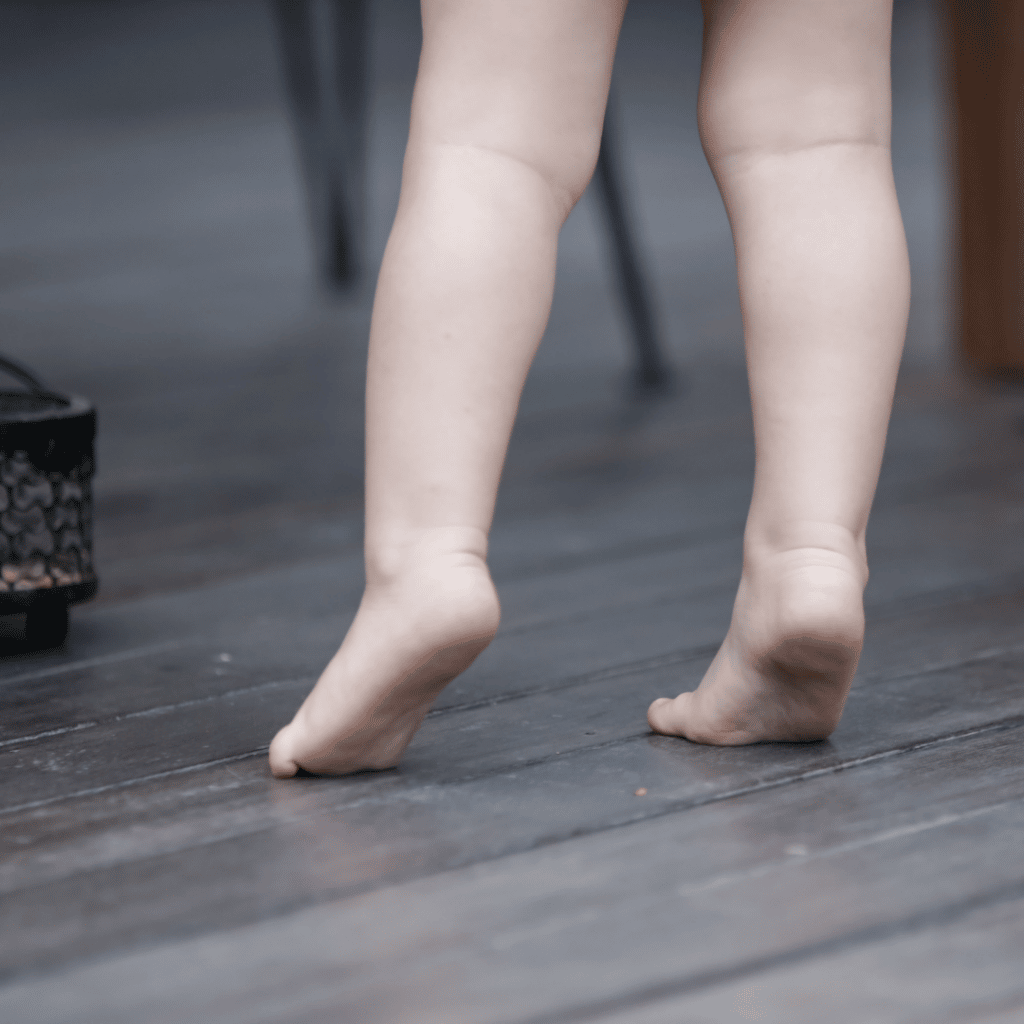
Toe walking is an atypical pattern of walking where children walk on the balls of their feet, without placing their heels on the ground. Toe walking can be quite common when children are learning to walk, however after the age of two most children should develop a heel-to-toe pattern of walking. In the majority of […]
Osgood-Schlatter Disease

Osgood-Schlatter Disease is a common cause of knee pain seen in adolescents. It is a gradual, non-traumatic condition that commonly occurs during the times of a growth spurt as the bones, muscles and tendons are growing at different rates. The tendon that attaches the kneecap to the shinbone (tibia) pulls on the growth plate over…
What You Need to Know About W-Sitting
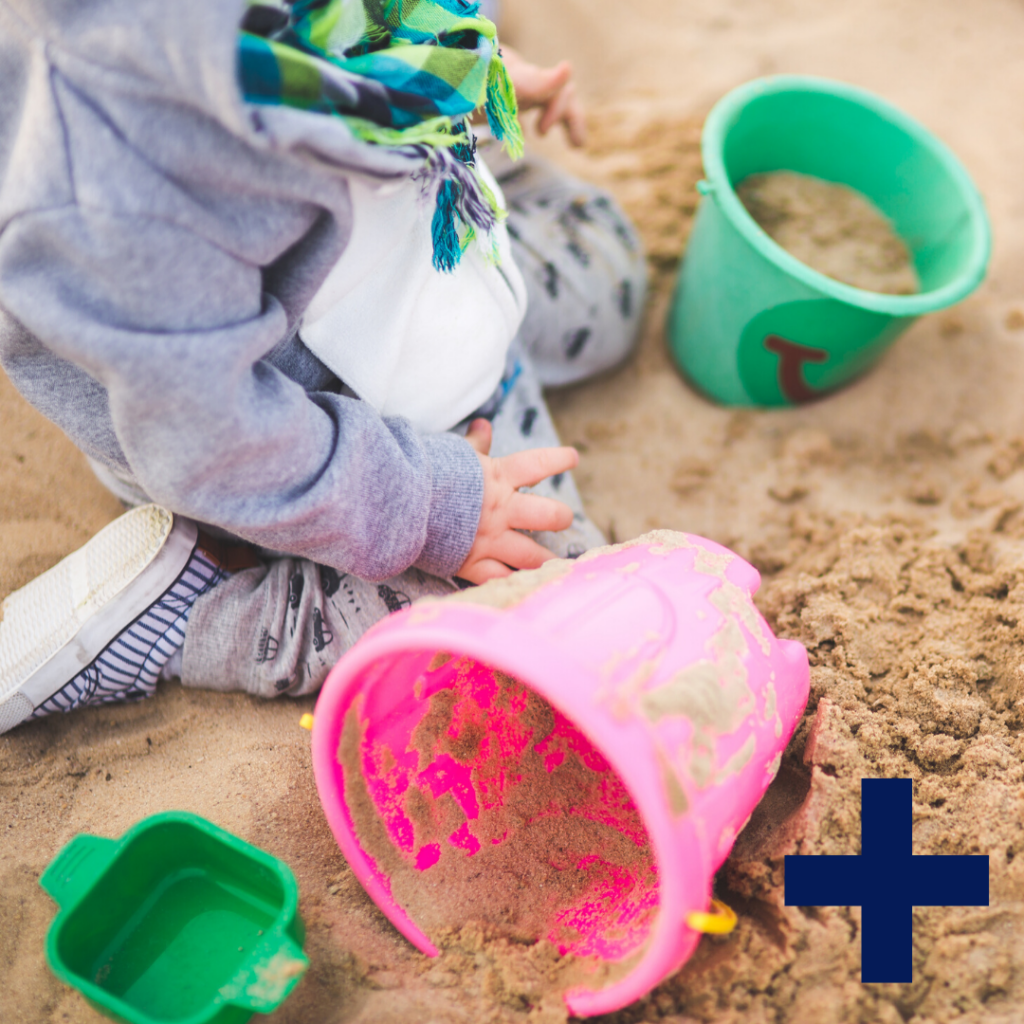
W-Sitting in Children What is W-sitting? W-sitting is when a child sits with their knees bent, bottom on the floor and feet out to either side in a W shape. W-sitting makes it easier for a child with poor core stability or balance to sit. They don’t have to work their muscles to be stable…
How to Prepare for a Paediatric Physiotherapy Video Consultation

Total physiotherapy is now using video consultations (known as Telehealth) to continue our expert care with current and new patients. Telehealth has been used successfully to treat remote clients and is now being employed to treat our local clients during the COVID-19 pandemic. The NDIA, Chronic Disease Management (Formerly Medicare Enhanced Primary Care or EPC), and…
Is Your Baby Reaching the 12-month Milestones?
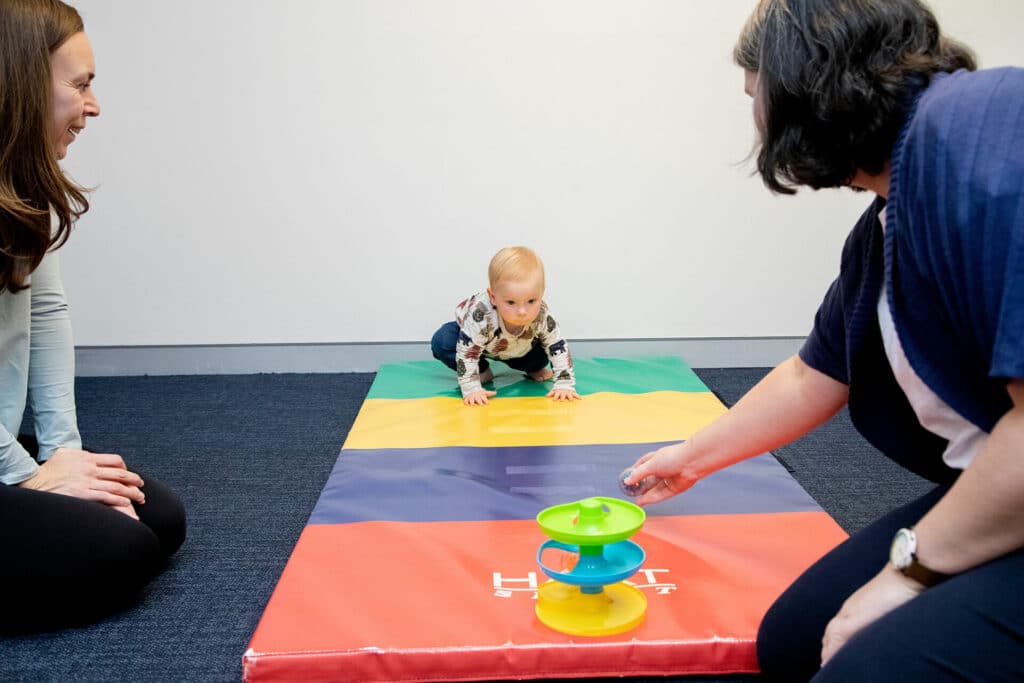
Is your 12 month old reaching their physical milestones? How do you know if they need help from a paediatric physiotherapist? Here are normal developmental milestones in a typical 1 year old: Sitting independently at 6-8 months old Pulling up to stand at 8-9 months old Cruising on furniture (sidestepping) at 8-9 months Crawling in…
Tips to Prevent Babies from Getting a Twisted Neck and Flat Head
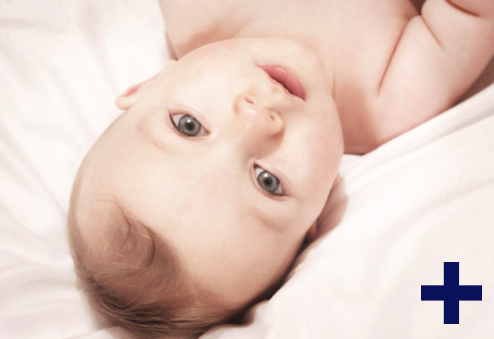
Preventing Torticollis and Plagiocephaly in Babies from Birth The position of your soft newborn baby’s head is important in play, sleep, feeding and carrying. You can prevent torticollis (head tilt or uneven turning) and plagiocephaly (flat head) with the following tips: Tip 1. Tummy time: Tummy time should occur numerous times a day from birth.…